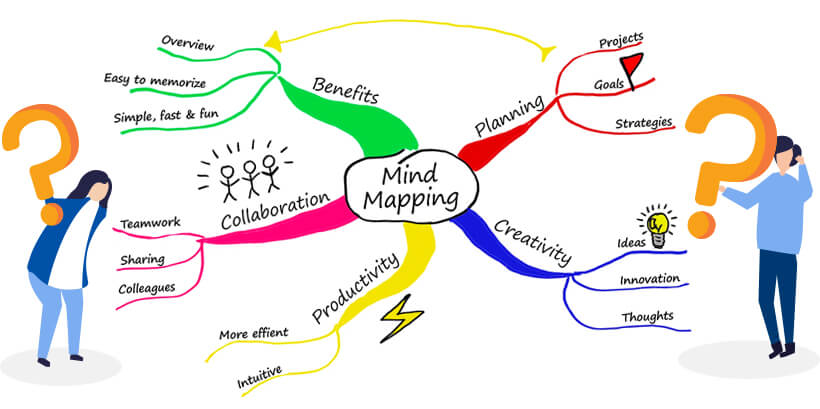
A Mind Map is an easy way to brainstorm thoughts organically without worrying about order and structure. It allows you to visually structure your ideas to help with analysis and recall.
A Mind Map is a diagram for representing tasks, words, concepts, or items linked to and arranged around a central concept or subject using a non-linear graphical layout that allows the user to build an intuitive framework around a central concept. A Mind Map can turn a long list of monotonous information into a colorful, memorable and highly organized diagram that works in line with your brain's natural way of doing things.
Here is an example of an outline for vacation plans. It only takes a few moments to go through the list of locations and activities. But by the time you get to the bottom of the outline, do you even remember what you read at the top?
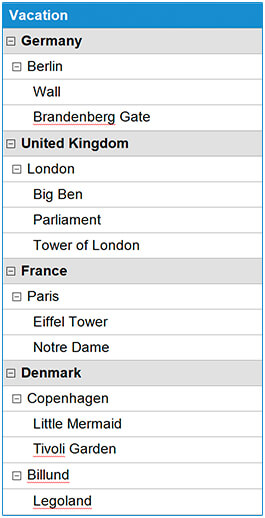
Take that same information and view it in Mind Map. You can now overview the information much faster and recall the data much more easily.

Take that same information and view it in Mind Map. You can now overview the information much faster and recall the data much more easily.


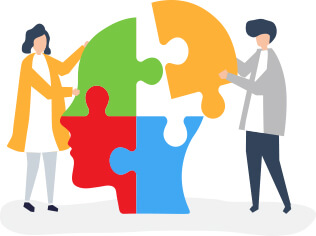
If you're looking for Mind Mapping examples, or software to create a Mind Map, be sure to check out this Mind Mapping software review.
When you study the brain's functionality and memory system, you will realize the extraordinary extent of its capacity and potential. The Mind Map is a tool used to entice, delight, stimulate and challenge you. You will discover some astonishing facts about your brain and its function, and you will take the first major steps on the path to freedom of the mind.

How Mind Maps Harness the Brain's Power
A Mind Map is a highly effective way of getting information in and out of your brain - it is a creative and logical means of note-taking and note-making that literally 'maps out' your ideas.
All Mind Maps have some things in common. They have a natural organizational structure that radiates from the center and use lines, symbols, words, color and images according to simple, brain-friendly concepts. Mind Mapping converts a long list of monotonous information into a colorful, memorable and highly organized diagram that works in line with your brain's natural way of doing things.
One simple way to understand a Mind Map is by comparing it to a map of a city. The city center represents the main idea; the main roads leading from the center represent the key thoughts in your thinking process; the secondary roads or branches represent your secondary thoughts, and so on. Special images or shapes can represent landmarks of interest or particularly relevant ideas.
The Mind Map is the external mirror of your own radiant or natural thinking facilitated by a powerful graphic process, which provides the universal key to unlock the dynamic potential of the brain.
Almost the moment Mind Maps came into use another major piece of scientific research confirmed their validity as a brain-compatible thinking method. In California, Dr. Roger Sperry, who won a Nobel Prize for his research, confirmed that the evolutionarily latest part of the brain, the 'thinking cap' of the Cerebral Cortex, was divided into two major hemispheres, and those hemispheres performed a comprehensive range of intellectual tasks, called cortical skills. The tasks included: Logic, Rhythm, Lines, Color, Lists, Daydreaming, Numbers, Imagination, Word, Gestalt (seeing the whole picture).
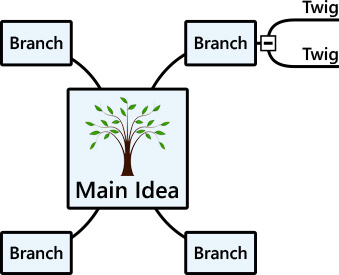
Sperry's own research confirmed that the more these activities were integrated, the more the brain's performance became co-operative, with each intellectual skill enhancing the performance of other intellectual areas. When you are Mind Mapping®, you are not only practicing and exercising the fundamental memory powers and information processing, you are also using your entire range of cortical skills.
The Mind Map is made even more powerful by the use of all the left and right brain-thinking tools, which enhance the clarity, structure and organization of your thinking. And because the Mind Map constructively uses the tools of Imagination, Association and Location, as well as the tools of the left and right brain, you can consider the Mind Map the ultimate thinking tool that incorporates all the significant and potent ways of thinking into its own structure.
In 1970 Scientific American magazine published Ralph Haber's research showing that individuals have a recognition accuracy of images between 85 and 95 percent. There is a well-known quote, "A picture is worth a thousand words".
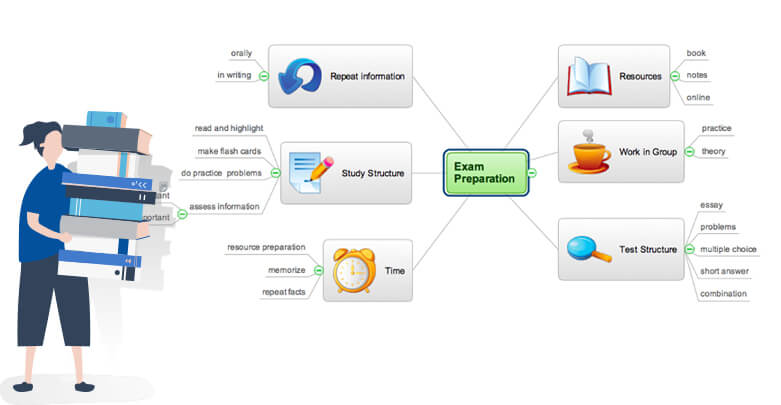
We associate and remember images because they make use of a massive range of your cortical skills, especially imagination. Images can be more evocative than words, more precise and potent in triggering a wide range of associations, thereby enhancing creative thinking and memory. These findings support the argument that the Mind Map is a uniquely appropriate tool. It not only uses images, it is an image.
Although people have been creating maps using an image-centered radial graphic organization technique for centuries, British psychology author Tony Buzan has made a claim to the origin of the Mind Map. He argues that 'traditional' outlines require that the reader scans the information from left to right and top to bottom, whilst the brain's natural preference is to scan the entire page in a non-linear fashion.
Buzan also uses widespread assumptions about the cerebral hemispheres in order to promote the exclusive use of Mind Mapping over other forms of note making. Tony Buzan has several registered trademarks on Mind Map and Mind Mapping.
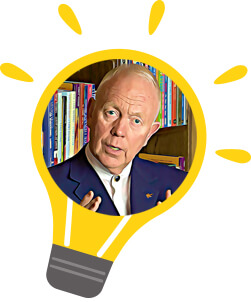
A Johns Hopkins study indicates that students who utilize Mind Mapping increase their grades by 12%.
It is also proven that Mind Mapping is helpful for dyslexics and autistic students to better understand concepts and strategies. In fact, The British Dyslexia Association states, "Dyslexics struggle with their spoken and/or written language, following instructions, poor concentration and carrying out analytical or logical tasks. Strategies such as Mind Mapping are recognized as valuable learning tools."